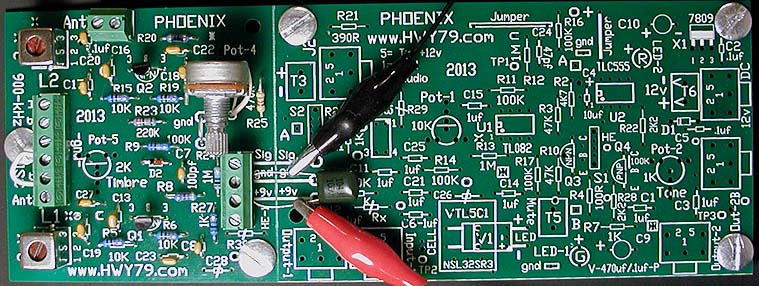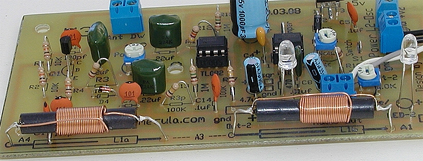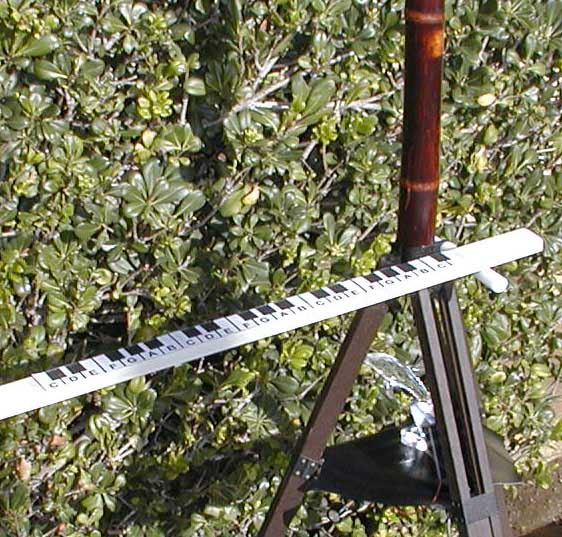Hello gerd,
If I was in a competition to produce the finest classic theremin sound without the use of post processing or any use of reverb to mask a cheesy sound then definitely my first choice would be vacuum tubes on the front end. Here are my main reasons why from practical experiments.
A vacuum tube is thermal drift resistant, in my designs I could set the pitch on middle C before I went to bed and in the morning when the room was 15 degrees cooler the theremin was still on middle C... barely.
All I need for the theremin effect is two RF oscillators that are clean and do not stall out. When using vacuum tubes they must be shielded (high impedance) or they will pick up noise.
And now the magic of a vacuum tube and it may not be what you think. Used in a RF oscillator I think of them as sluggish which gives that deeper vocal sound. I call it the slower roll-over of the sine wave whereby a transistor is snappier in an oscillator. Even using the same vacuum tube but exchanged with another one I will not always get this effect. I never figured out how to detect the best tube for sound other than trial and error. I do have a very nice tube tester I purchased in 1970 for TV repair.
I was always happy using a 1N914 silicon diode for mixing RF following tube or solid state oscillators. I also tried germanium with no significant improvement. The ideal sound begins with the RF oscillator and the wave shape changing as it passes through diode mixing which adds a bit more distortion; this is where the even harmonics can really develop, why it sounds alive.
After that point everything should be solid-state as that is most practical.
This characteristic is what a digital front-end usually does not capture and why it will sound like a toy making beeps or whistling. C3P0 or R2D2
IMHO
Funny, I always accused Paul Tanner of making so many believe a theremin was supposed to sound like a whistle and he never played a theremin.
You touched my theremin sweet spot, ok short answers from now on.
Christopher







